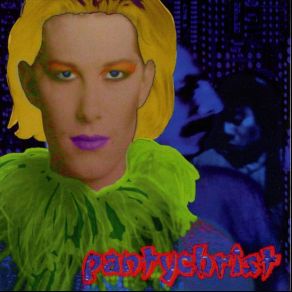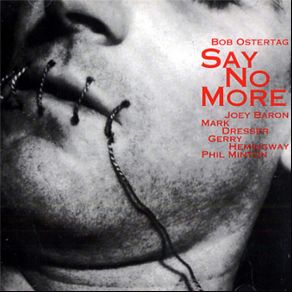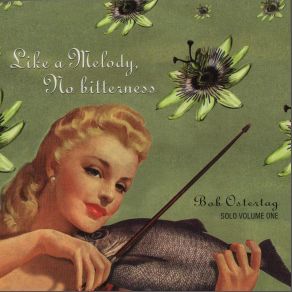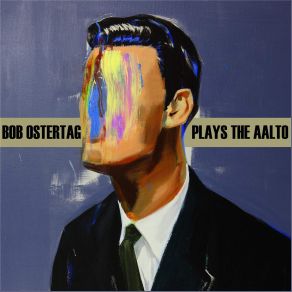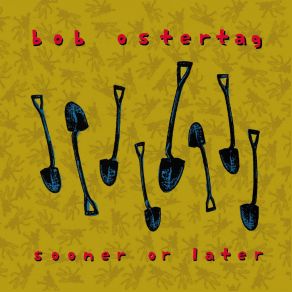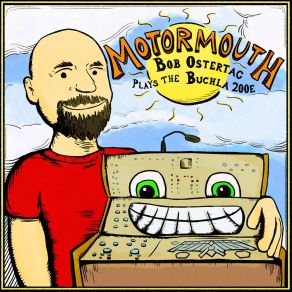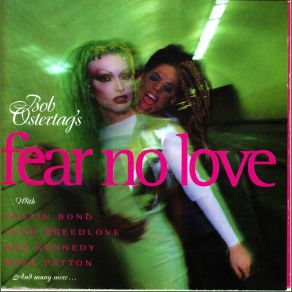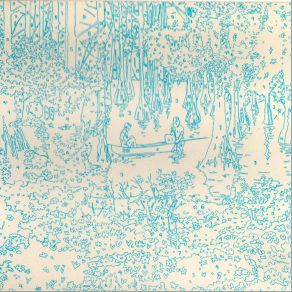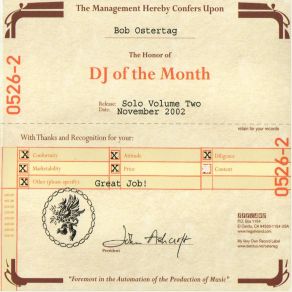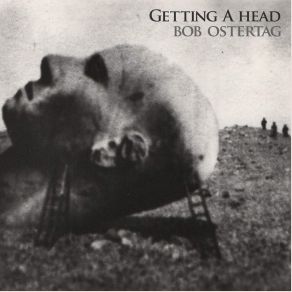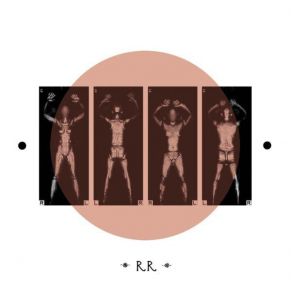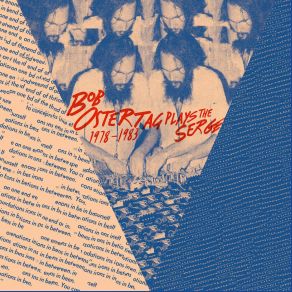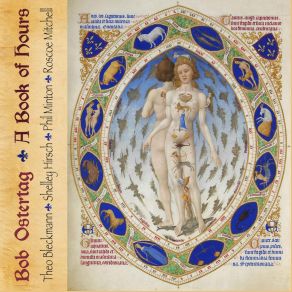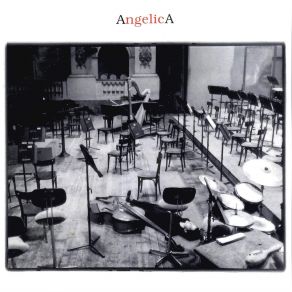Bob Ostertag
Wikimp3 information about the music of Bob Ostertag. On our website we have 15 albums and 2 collections of artist Bob Ostertag. You can find useful information and download songs of this artist. We also know that Bob Ostertag represents Electronica genres.
Biography
[Edit]American sampler artist Bob Ostertag embodies the sociopolitical conscience of late 20th century avant-garde music. An activist in human rights, anti-nuclear, anti-war, and gay causes, he infuses his compositions with an emotion, depth, and subtlety found nowhere else in either political works or electronic/sampler music. A key musician in the development of the N.Y.C. Lower East Side scene of the late '70s (which pushed John Zorn to near-stardom level), he became a respected artist in the field of mixed media performance in the '90s.
As a teenager, Ostertag played the electric guitar. In 1976, he attended Oberlin College and Conservatory of Music, where he built a Serge modular synthesizer, his main instrument for the next six years. After a tour of Europe with Anthony Braxton's Creative Music Orchestra in 1978, he settled in New York City and quickly befriended Zorn, Eugene Chadbourne, Wayne Horvitz, and Fred Frith.
Ostertag's first album, Early Fall (with his trio Fall Mountain), came out in 1979 on Chadbourne's Parachute label, followed the next year by the solo LP Getting a Head. The latter premiered the artist's knack for unusual contraptions and experimental technology, featuring a tape loop device linked with helium balloons. It caught the attention of the music press, but by then he was already spending more time in activism than music, campaigning in anti-nuclear power movements. A trip to Nicaragua in July 1980 to make field recordings of the Sandinista revolution turned into an epiphany. Back home, he spoke in public on behalf of the guerrilla movement in El Salvador. After the release of Voice of America (1981, with Frith and Phil Minton), he completely retired from music. From 1982 to 1988, he worked as an expert on Central America politics.
By 1988, Ostertag was having trouble finding work. An invitation from Frith to join his new project, Keep the Dog, brought him back to music. He immediately bought and learned to use a sampler (a technology he had "missed" during his years of journalism). Attention Span (1990), his first album in almost a decade, consisted of a series of short pieces built from tiny samples of Frith and Zorn's playing. He expanded the technique with the quartet Say No More (1993-1998), combining samples from three players (Minton, Gerry Hemingway, and Mark Dresser) to create computer pieces later scored and learned by the group.
In parallel, he wrote, recorded, and performed a number of works based on real-life and political subjects. Sooner or Later (1991) used Frith's guitar and the recording of a Salvadorian boy burying his father. The stage performance included animated films drawn live by Quebecois artist Pierre Hébert, who would remain a close collaborator. "All the Rage" (1992) (commissioned by the Kronos Quartet) and Burns Like Fire (1993) used recordings from a gay rights riot in San Francisco (other gay related projects include Fear No Love and PantyChrist, a trio featuring drag queen Justin Bond).
In the late '90s, he adopted the laptop computer and premiered two of his most mature works: "Yugoslavia Suite," a piece on the Bosnian war blending sound samples and images from war simulation video games, TV broadcasts, and hand choreography, and "Between Science and Garbage," a reflection on technology created with Hébert. ~ François Couture, Rovi
Title: Pantychrist
Artist: Bob Ostertag, Otomo Yoshihide, Justin Vivian Bond
Genre: Electronica, Rock
Title: Like a Melody, No Bitterness: Bob Ostertag Solo Volume 1
Artist: Bob Ostertag
Genre: Electronica
Title: The Surgeon General (EAUX191) - Single
Artist: Bob Ostertag, R. Rose
Genre: Electronica, Dancefloor, Dance Pop
Collections
Title: Angelica 1997
Genre: Jazz, Contemporary Jazz
Title: Hallelujah, Anyway: Remembering Tom Cora
Genre: Jazz, Rock, Alternative, J-Pop
Featuring albums
Title: Hallelujah, Anyway - Remembering Tom Cora
Artist: Various Artists
Genre: Jazz, Avant Garde Jazz, Avant Garde Metal, Classical
